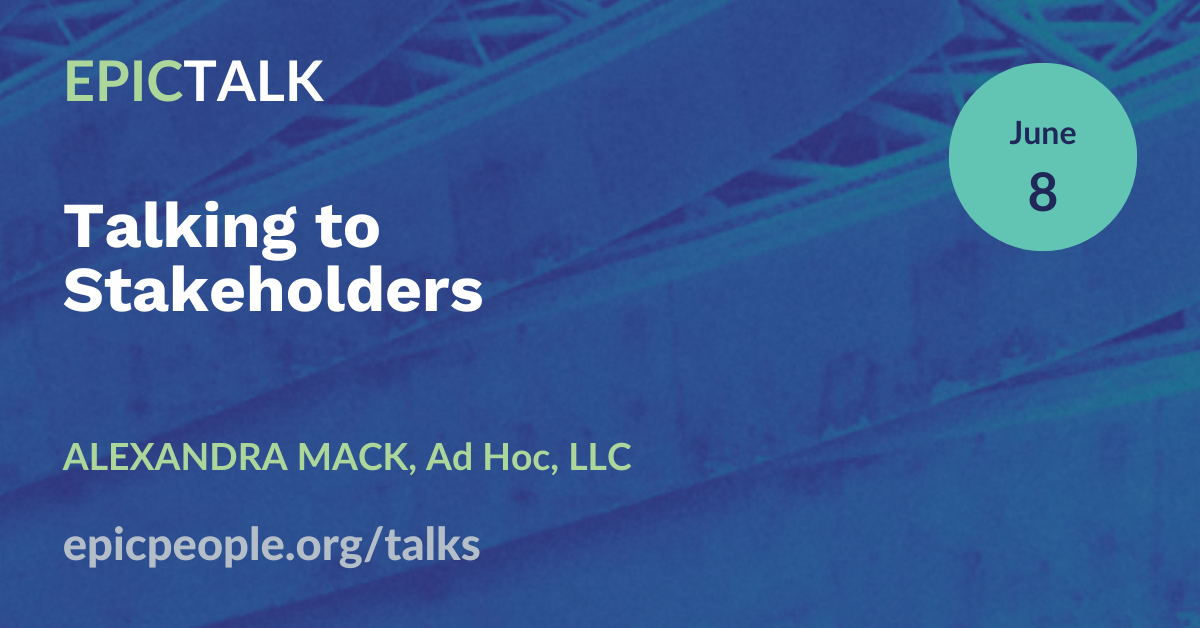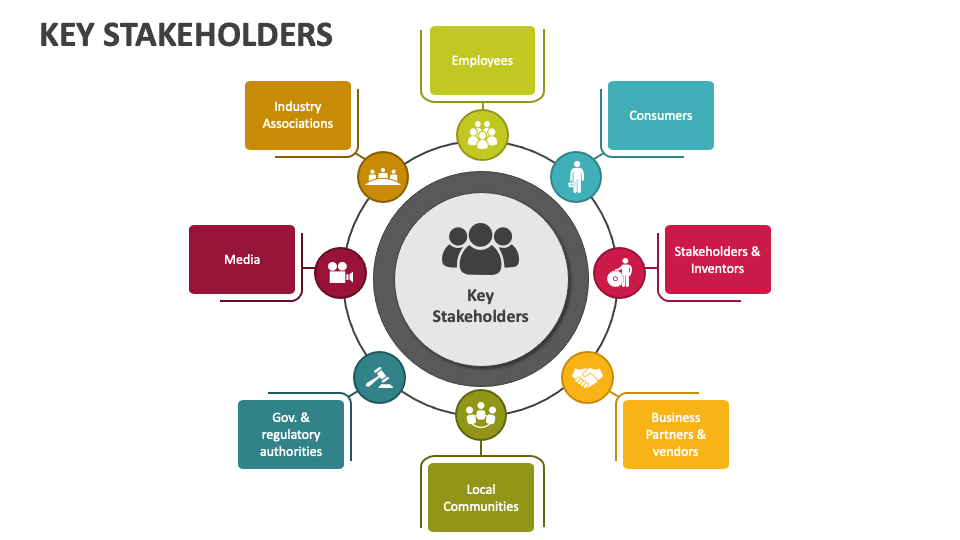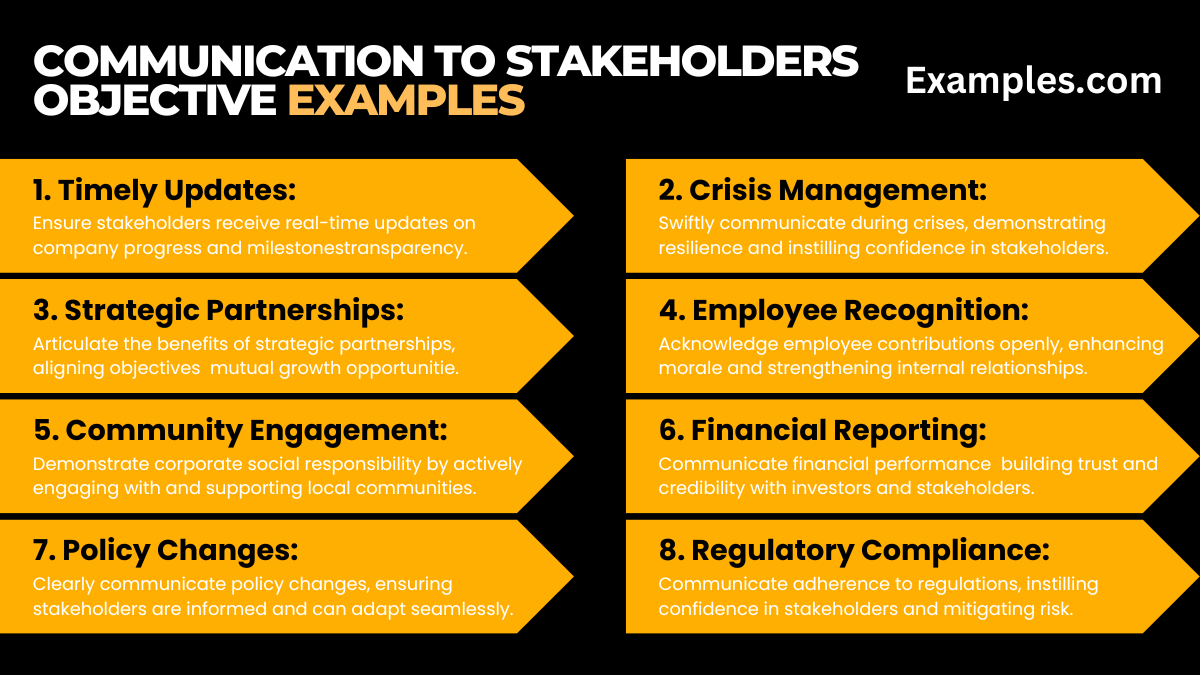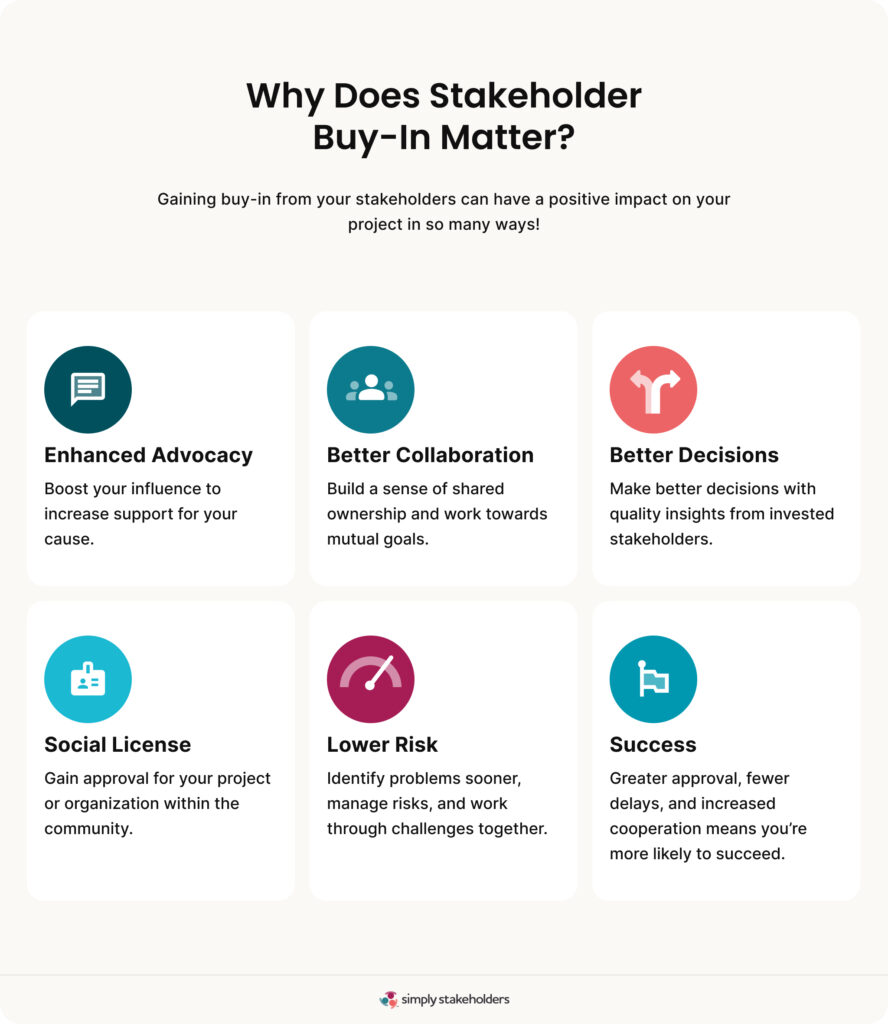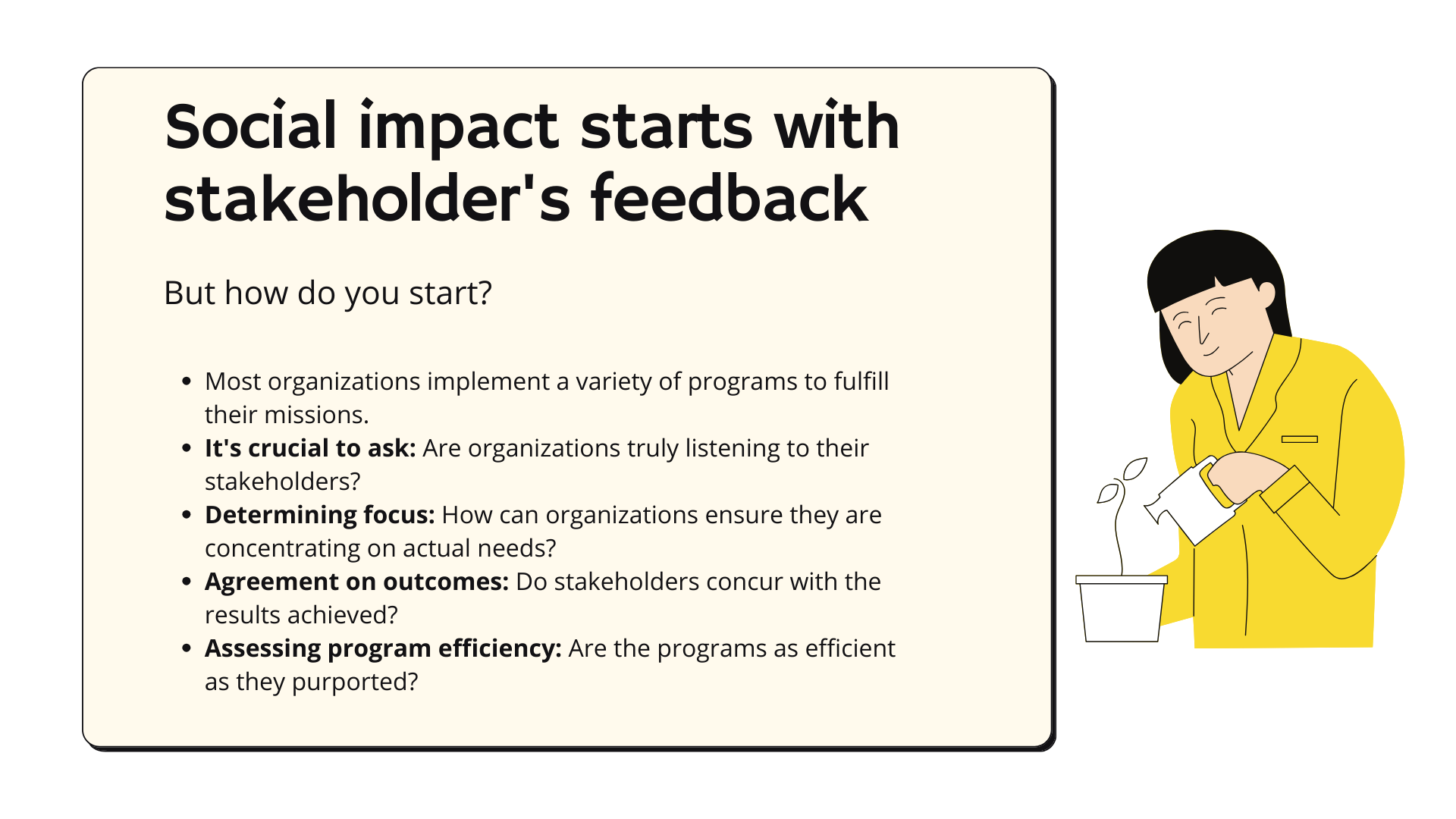When Talking To Stakeholders You Should Not
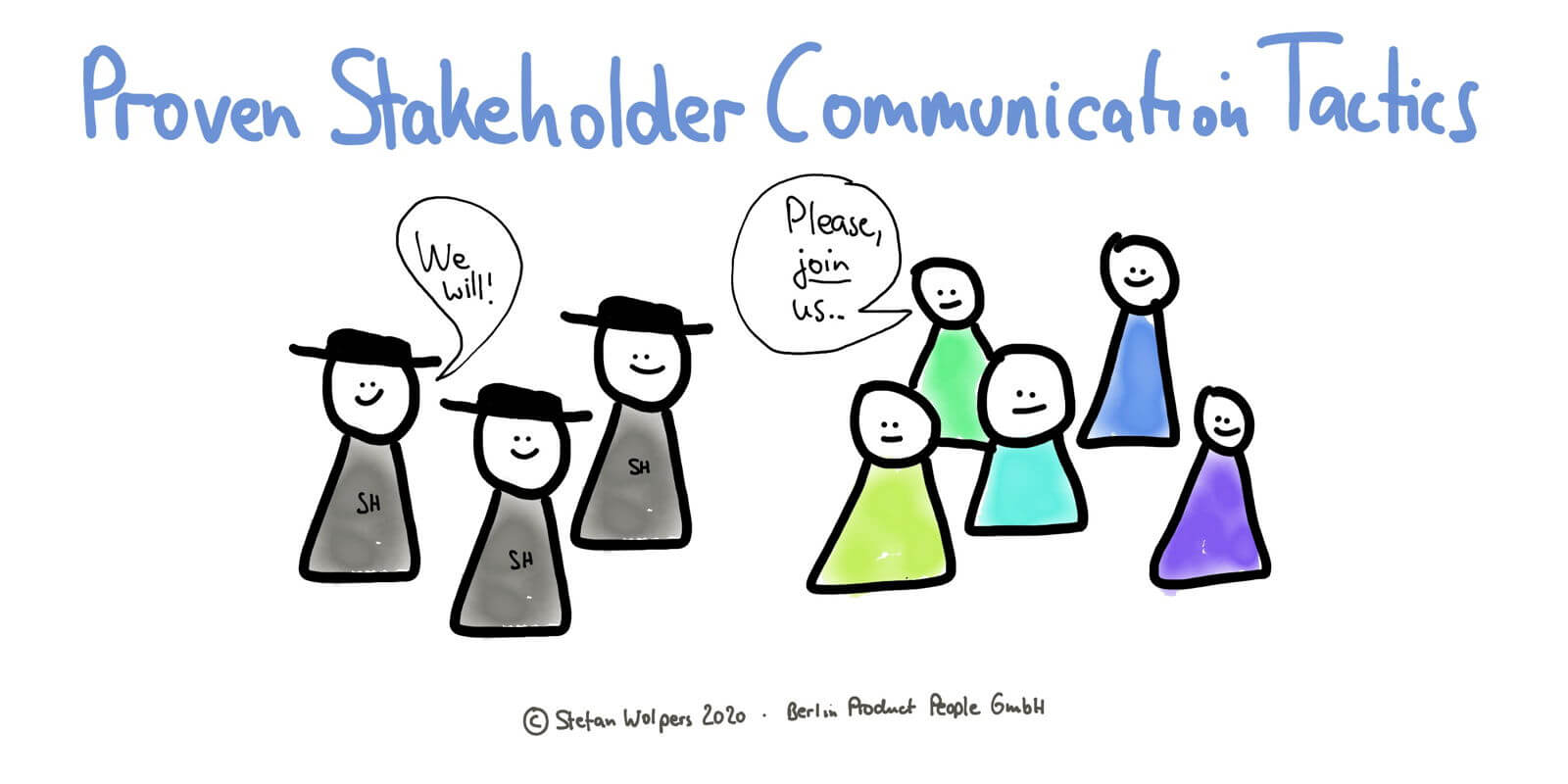
In the intricate dance of organizational communication, navigating stakeholder relationships is paramount. Missteps in these interactions, however, can lead to distrust, project delays, and ultimately, business failure. Understanding what *not* to do when engaging with stakeholders is crucial for fostering collaboration and achieving shared goals.
At the heart of successful stakeholder management lies the ability to communicate effectively and ethically. This involves transparency, active listening, and a genuine commitment to understanding diverse perspectives. This article explores common pitfalls in stakeholder communication, drawing on expert insights and real-world examples to provide a roadmap for avoiding detrimental interactions and fostering positive relationships.
Ignoring Stakeholder Concerns
One of the most significant errors is failing to acknowledge and address stakeholder concerns adequately. Ignoring concerns, whether perceived as minor or insignificant, can erode trust and create resentment.
A report by the Project Management Institute (PMI) highlights that unresolved stakeholder issues are a leading cause of project delays and failures. Active listening and thoughtful responses are crucial to demonstrate that stakeholder input is valued.
The Perils of Dismissal
Dismissing stakeholder concerns out of hand is particularly damaging. This sends a clear message that their opinions are not respected, leading to disengagement and potential opposition.
Instead, take the time to thoroughly understand the rationale behind the concern and provide a well-reasoned response. Even if you cannot fully address the issue, explaining the constraints and trade-offs involved can foster understanding and maintain goodwill.
Lack of Transparency
Transparency is the bedrock of strong stakeholder relationships. Withholding information or being deliberately vague can breed suspicion and undermine trust.
Research from Harvard Business Review emphasizes the importance of open communication, even when delivering difficult news. Being upfront about challenges and setbacks allows stakeholders to adapt and collaborate on solutions.
The Downside of Opacity
Obscuring the truth, or presenting a skewed version of reality, will eventually be discovered. This can irreparably damage your credibility and make future communication efforts significantly more difficult.
Embrace radical transparency, sharing relevant information proactively and providing opportunities for stakeholders to ask questions and seek clarification. Use plain language and avoid jargon to ensure that information is accessible to all.
Making Unrealistic Promises
Overpromising and under-delivering is a surefire way to alienate stakeholders. Setting unrealistic expectations can lead to disappointment and a loss of confidence in your ability to deliver.
The Association for Project Management (APM) stresses the importance of setting realistic goals and communicating limitations upfront. It's better to under-promise and over-deliver than the reverse.
Avoiding Empty Rhetoric
Avoid making grandiose claims or guarantees that you cannot realistically fulfill. Focus on setting achievable targets and providing regular updates on progress.
Be honest about potential challenges and risks, and clearly articulate the assumptions underlying your projections. This will help stakeholders develop a realistic understanding of the project's scope and timeline.
Failing to Listen Actively
Communication is a two-way street. Neglecting to actively listen to stakeholder input can lead to misunderstandings and missed opportunities.
A study by the Corporate Communication Institute found that effective listening is a key driver of stakeholder satisfaction. Active listening involves paying attention, asking clarifying questions, and demonstrating empathy.
The Power of Empathy
Put yourself in the stakeholder's shoes and try to understand their perspective. Acknowledge their feelings and concerns, even if you don't necessarily agree with their point of view.
Paraphrase their statements to ensure that you have understood them correctly, and ask open-ended questions to encourage them to elaborate on their thoughts. Genuine empathy builds trust and strengthens relationships.
Using Technical Jargon
Overreliance on technical jargon and industry-specific language can alienate stakeholders who lack the necessary expertise. This creates a barrier to communication and can make them feel excluded from the decision-making process.
The National Institutes of Health (NIH) emphasize the importance of using plain language in all communications. This ensures that information is accessible to a wide audience and avoids misunderstandings.
Simplifying Complex Concepts
Translate complex concepts into simple, everyday language. Avoid using acronyms or technical terms without providing clear explanations.
Use visuals, such as diagrams and charts, to illustrate key points and make information more accessible. Remember that the goal is to communicate effectively, not to impress with your technical knowledge.
Neglecting Cultural Sensitivity
In today's globalized world, it is crucial to be culturally sensitive when communicating with stakeholders from diverse backgrounds. Failure to do so can lead to misunderstandings and offense.
Hofstede Insights provides valuable resources for understanding cultural differences and adapting communication styles accordingly. Factors such as communication styles, values, and beliefs can vary significantly across cultures.
Adapting Your Approach
Research the cultural norms and communication styles of your stakeholders. Be mindful of nonverbal cues, such as eye contact and body language, which can have different meanings in different cultures.
Avoid making assumptions based on stereotypes, and be prepared to adapt your communication approach to suit the needs of your audience. This includes being aware of language barriers and providing translation services when necessary.
Looking Ahead
Avoiding these pitfalls requires a proactive and deliberate approach to stakeholder engagement. By prioritizing transparency, active listening, and cultural sensitivity, organizations can foster trust, build strong relationships, and achieve their goals.
Investing in stakeholder communication training and developing clear communication protocols can help ensure that interactions are positive and productive. Ultimately, successful stakeholder management is an ongoing process that requires continuous effort and commitment. Effective communication is the key to unlocking collaboration and achieving shared success.




